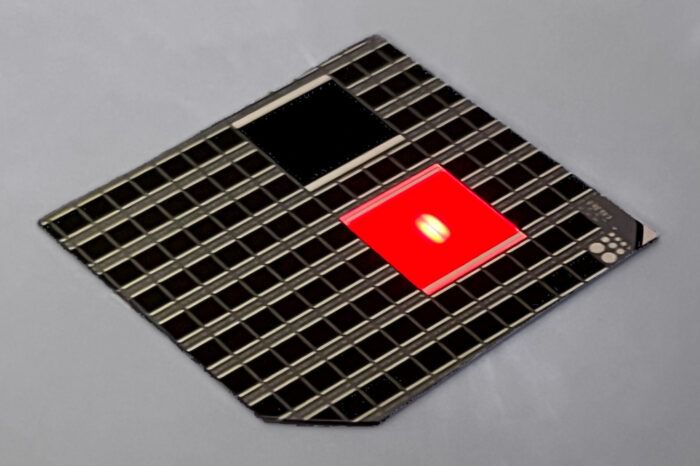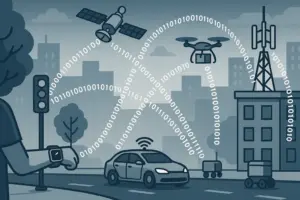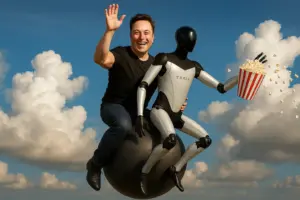Smart Farming on the Rise: How AI, Sensor Technology, and Data Analysis Are Transforming Agriculture

Digitization is rapidly transforming agriculture. Smart technologies are now being used in a wide range of applications — from early detection of slug infestations to monitoring the health of dairy goats. A recent feature on eeNews Europe highlights real-world examples showing that smart farming is already becoming a reality.
Detecting pests before they become a threat
Smart farming plays a vital role in pest control. Connected sensors and image recognition software can identify slugs early — a task previously done manually and often too late. These systems operate continuously and report changes immediately, allowing targeted responses without widespread pesticide use.
Data-driven decisions in the field
Soil and machinery sensors continuously collect data on moisture levels, nutrients, and crop conditions. This data is uploaded to cloud platforms where AI-powered tools analyze it in real time. This supports efficient irrigation and fertilization — saving resources and maximizing yields.
Monitoring animal health automatically
One example in the article involves dairy goats. Wearables and connected sensors track movement, feeding patterns, and body temperature. These insights help detect stress or illness early, enabling timely interventions that improve both animal welfare and productivity.
Technology as a means, not an end
The article emphasizes that smart technology is not used for its own sake, but for its practical benefits. Automation and data analytics help reduce environmental impact, cut chemical usage, and strengthen food security. Especially in areas facing labor shortages, these systems ease operational burdens.
Smart farming in practice
Intelligent agriculture is no longer a vision of the future. The examples described show how farmers are already using sensors, AI, and networked systems in both crop production and livestock farming. The challenge now is to make these technologies widely accessible and easier to integrate into existing processes.
Tip: Read the full article “From slugs to goats – The evolution of smart farming” on eeNews Europe








